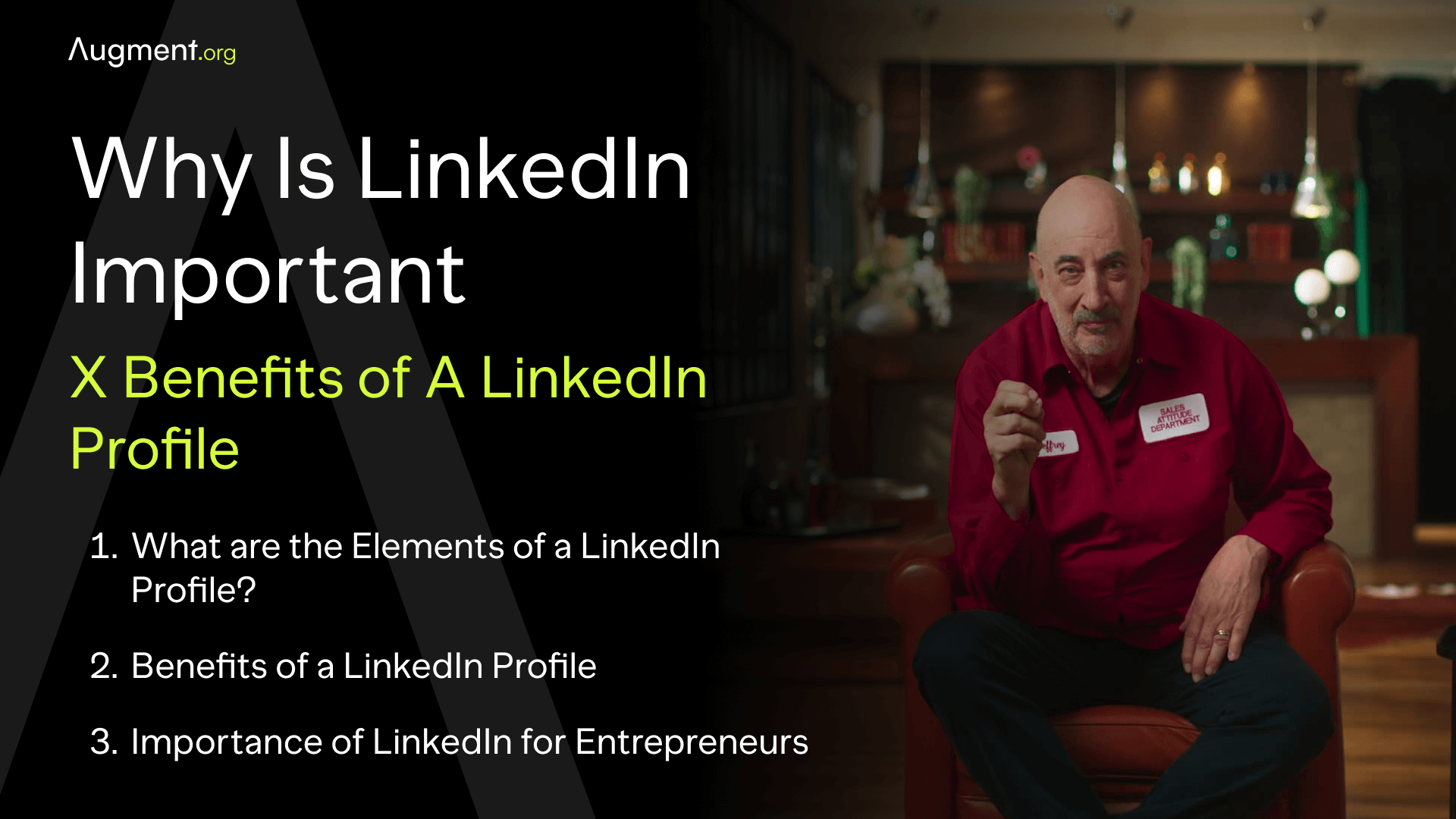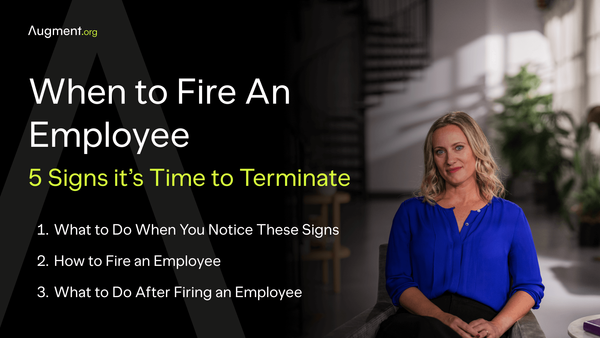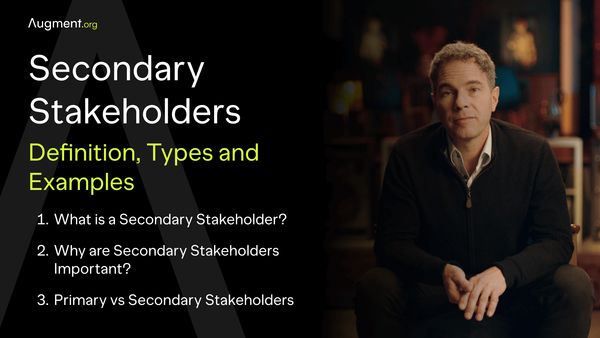Why is LinkedIn Important? 10 Benefits of a LinkedIn Profile
Leveraging LinkedIn revolutionizes professional networking. Discover how a strong profile uncovers job opportunities and builds industry connections, essential for navigating today's job market effectively.

What is LinkedIn?
LinkedIn stands out as a unique social media platform dedicated to the world of work and business. It's a digital meeting ground where job seekers and potential employers, including hiring managers and recruiters, connect and communicate. Unlike typical social media platforms, LinkedIn emphasizes professional relationships and career development. It's an invaluable resource for those on a job search, offering a wealth of job listings, company pages, and insights into various industries. This platform is essential for anyone actively seeking job opportunities or aiming to keep abreast of industry trends and news.
Beyond just a job search tool, LinkedIn is a powerful medium for professional growth. Users can create a LinkedIn account to showcase their career achievements, skills, and expertise, building a personal brand that attracts potential employers and other professionals. The platform offers various features like LinkedIn Premium, job alerts, and the ability to join groups and send direct messages, facilitating deeper connections and networking opportunities. Whether you want to explore new job openings, research companies, or building a network of industry connections, LinkedIn provides a comprehensive suite of tools to support career advancement and professional reputation.
What are the Elements of a LinkedIn Profile?
A LinkedIn profile is a multifaceted tool that serves as a digital resume and personal branding platform for professionals. The key elements of a LinkedIn profile include:
- Profile Photo and Cover Image: Your profile photo and cover image are the first impressions you make on LinkedIn. A professional profile photo can make you appear more approachable and trustworthy to potential employers, recruiters, and connections.
- Headline: The headline is more than just your job title. It's a brief but powerful statement about your professional expertise, career goals, or the unique value you bring to your industry.
- Summary: This section is where you can showcase your professional story, career achievements, skills, and what you’re actively seeking, whether it’s job opportunities, networking, or industry knowledge.
- Experience: Detailing your work history, this part includes past job titles, companies you’ve worked for, and descriptions of your roles and responsibilities. It’s important to highlight key achievements and how they've contributed to your career growth.
- Education: Here, you list your academic background, including schools attended, degrees obtained, and any relevant activities or honors.
- Skills and Endorsements: LinkedIn allows you to list specific skills, which can be endorsed by other professionals. This feature validates your expertise and makes your profile more attractive to hiring managers and recruiters.
- Recommendations: Personal testimonials from colleagues, managers, or clients add credibility and provide a real-life glimpse of your work ethic and accomplishments.
- Accomplishments and Interests: This section includes additional elements like certifications, awards, languages, and interests. It provides a more complete picture of who you are both professionally and personally.
- Network Connections: Your network on LinkedIn reflects your professional reach. Building connections with colleagues, industry leaders, and other professionals expands your access to job opportunities and industry insights.
- Activity: Your activity on LinkedIn, including posts, articles, and participation in discussions, demonstrates your engagement with your industry and can highlight your expertise and interests.
Each element of a LinkedIn profile plays a crucial role in defining your professional identity and can be a critical factor in your job search and career development.
Benefits of a LinkedIn Profile
A LinkedIn profile offers numerous advantages for professionals, job seekers, and even companies. Here are some of the key benefits:
- Access to Job Openings: LinkedIn is a rich source of job listings. Whether you're actively seeking a new role or just keeping an eye out for opportunities, LinkedIn provides access to a wide range of job openings across various industries.
- Connecting with Recruiters and Hiring Managers: Many recruiters and hiring managers use LinkedIn to find potential candidates. Having a LinkedIn profile increases your visibility to those who are hiring in your field, making it easier for them to reach out to you with job offers.
- Networking Opportunities: LinkedIn is an ideal platform for networking. You can connect with professionals in your industry, join groups, and attend virtual networking events. These connections can lead to new opportunities and valuable career advice.
- Researching Companies and Industry Trends: The platform allows you to follow companies and industry leaders, keeping you updated with the latest news and trends. This knowledge can be crucial when preparing for job interviews or making career decisions.
- Building a Professional Brand: Your LinkedIn profile is a space to showcase your skills, accomplishments, and professional journey. A well-crafted profile can help build your professional reputation and make you a more attractive candidate to potential employers.
- Learning from Others: LinkedIn is not just about job searching; it's a learning platform too. You can gain insights from the experiences and articles shared by other professionals, helping you to grow in your career.
- Vetting Job Opportunities: Before applying or accepting a job offer, LinkedIn allows you to research the company’s background, culture, and employees. This can help you decide if the organization aligns with your career goals and values.
- Gaining Visibility: Regularly updating your LinkedIn profile and engaging with content increases your visibility on the platform. This can lead to recruiters and hiring managers noticing you, potentially leading to job opportunities.
- Showcasing your Expertise: By sharing articles, posts, or participating in discussions, you can demonstrate your knowledge and thought leadership in your field. This can enhance your professional credibility and attract connections.
- Direct Communication: LinkedIn’s messaging feature allows for direct communication with other professionals, recruiters, and hiring managers. This can be an efficient way to form connections, inquire about job openings, and even receive career advice.
In summary, a LinkedIn profile is an essential tool for modern professionals. It opens doors to job opportunities, networking, and continuous learning, making it a valuable asset in anyone’s career toolkit.
Importance of LinkedIn for Entrepreneurs
For entrepreneurs, LinkedIn is more than just a networking site; it's a powerful tool for business growth and development. Here's why it's essential:
- Networking with Industry Leaders: LinkedIn connects entrepreneurs with industry leaders and peers. This networking can lead to partnerships, mentorship opportunities, and valuable exchanges of ideas.
- Building a Professional Brand: Entrepreneurs can use LinkedIn to build and strengthen their personal and company brand. A strong presence on LinkedIn increases credibility and attracts potential customers, partners, and investors.
- Researching Market Trends and Companies: Staying informed about industry news and trends is crucial for entrepreneurs. LinkedIn provides a platform to follow and engage with relevant content, helping entrepreneurs stay ahead of the curve.
- Recruiting Talent: LinkedIn's vast network of professionals makes it an ideal place for entrepreneurs to find and vet candidates for their ventures. This can significantly streamline the hiring process.
- Marketing and Promoting Services: Entrepreneurs can utilize LinkedIn to market their products or services. By sharing updates, insights, and success stories, they can engage with a relevant audience and attract new business opportunities.
- Learning from Others: Entrepreneurs can gain valuable insights from the experiences shared by other business owners and industry experts on LinkedIn. This can be an excellent source of inspiration and knowledge.
- Joining Groups for Collaborations and Support: LinkedIn groups offer a space for entrepreneurs to connect with others in similar fields, discuss challenges, share advice, and find support.
- Establishing Thought Leadership: By regularly posting articles and thought-provoking content, entrepreneurs can establish themselves as thought leaders in their field, enhancing their professional reputation.
- Access to Opportunities: Whether it's finding a new venture, seeking investment, or exploring collaborations, LinkedIn provides entrepreneurs with access to a wide range of opportunities.
- Building a Community: LinkedIn allows entrepreneurs to build a community around their brand, where they can engage with customers, gather feedback, and foster loyalty.
How to Create a LinkedIn Profile
Creating a LinkedIn profile is a straightforward process that opens up a world of professional opportunities. Here’s a step-by-step guide to get you started:
- Sign Up and Basic Information: Go to the LinkedIn website and sign up for a free account. You'll need to provide basic information such as your name, email address, and a password.
- Professional Headline: Craft a professional headline. This should be more than just your current job title; it should reflect your professional identity or the type of jobs you’re seeking.
- Add a Profile Photo: Choose a professional-looking profile photo. This is crucial as it's often the first thing people see. A good photo can make your profile more inviting to recruiters and other professionals.
- Write Your Summary: Your summary is your chance to tell your story. Include your skills, experiences, and what you’re looking for professionally. Remember, this is your opportunity to make a good impression on potential employers or connections.
- Detail Your Experience: List your work experience, including job titles, the names of the organizations you’ve worked with, and a brief description of your role and achievements in each position.
- Education and Qualifications: Add your educational background, including any degrees or certifications you've earned. This section helps validate your expertise and skills.
- Skills and Endorsements: List relevant skills that pertain to your career goals. Over time, your connections can endorse these skills, which adds credibility to your profile.
- Ask for Recommendations: Recommendations from colleagues or past employers can greatly enhance your profile’s strength. A good recommendation serves as a testament to your professional abilities and character.
- Customize Your LinkedIn URL: Personalize your LinkedIn URL to make it easier for people to find you. This can be done in the settings menu and makes your profile look more professional when you share it.
Engage with Others: Start connecting with other professionals, join groups related to your industry, and follow companies you're interested in. This helps build your network and increases your visibility on the platform.



